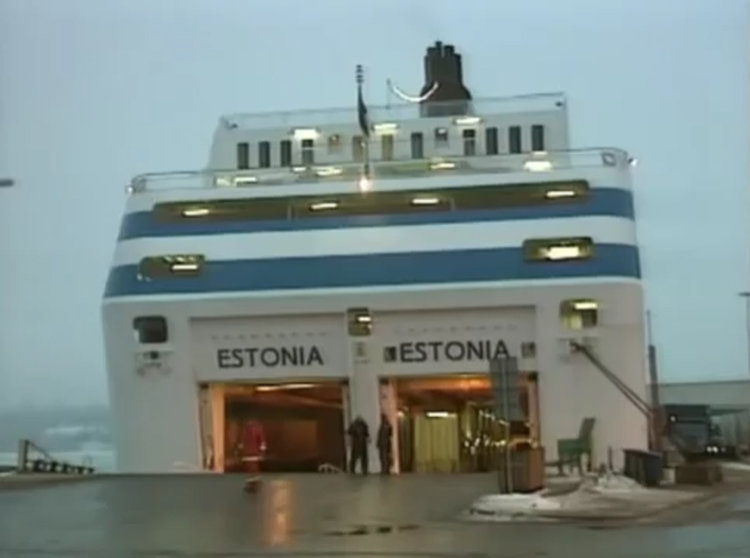Surveys of the sea bottom at the location where a Baltic Sea passenger ferry rests after sinking in 1994, claiming 852 lives, are required amid new interest in the cause of the accident, the Swedish accident commission said last Friday.
Previously-unseen images of a large hole in the hull of the M/S Estonia broadcast in a recent documentary have renewed interest in what is considered Europe's worst maritime disaster since World War II.
After the film footage was released in September, Estonia, Finland and Sweden said they would conduct an investigation together, led by Estonia, the ship's flag state.
The accident commissions in Estonia, Finland and Sweden have since held several meetings, mainly online.
In addition to sea bottom surveys, access was needed to construction drawings as well as analysis of the hull, the Swedish Accident Investigation Authority said.
A 1997 inquiry established that the ferry sank after its bow door was torn off in a storm during its journey from the Estonian capital Tallinn to Stockholm. Of the 989 people aboard, only 137 survived the disaster on September 28, 1994.
Film material reviewed
The current investigations were needed to determine if there was need to re-open the inquiry.
Investigators have also reviewed unedited film material in the presence of the film company.
The three states have earlier said they would respect an agreement made in 1995 to protect the wreck, which designated it a grave site and banned diving there.
However, future inspection dives could be necessary, said the acting head of the Swedish accident board.
"We are not there yet, but we don't exclude anything," Jonas Backstrand told Swedish Radio.











